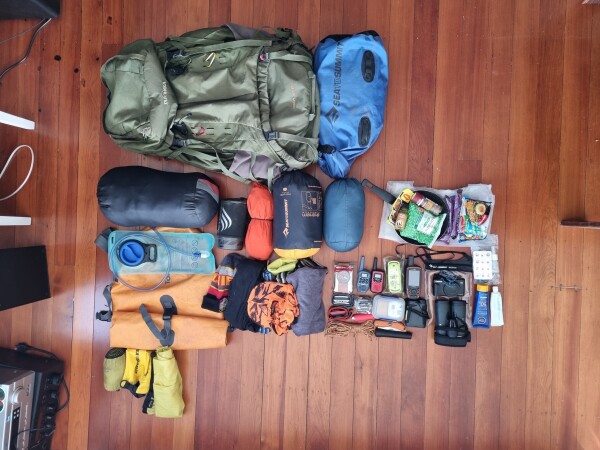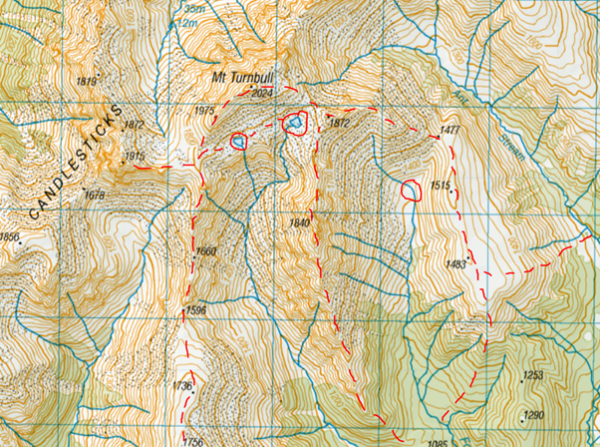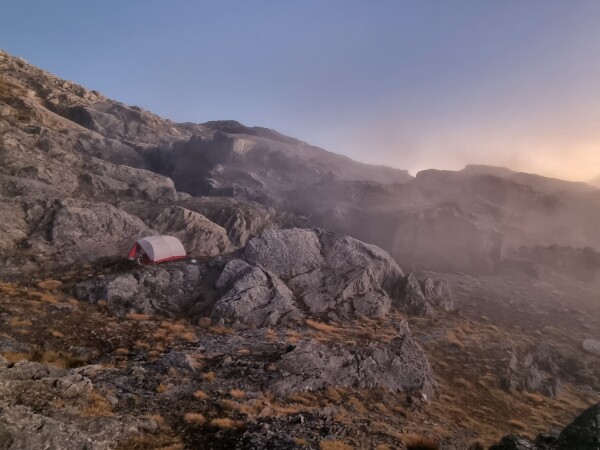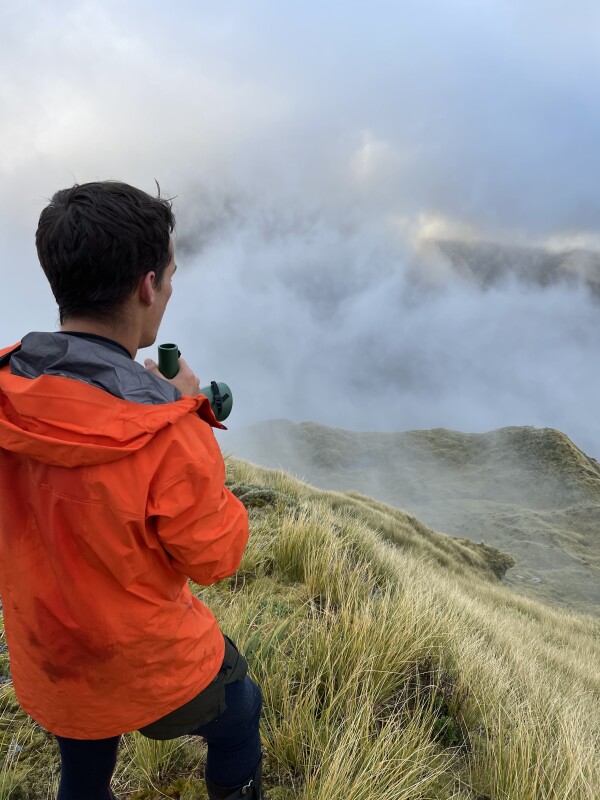Roar 2023 Trip planning with Cam Forlong
With the Roar starting in just a couple of weeks, us hunters are in full prep mode, dreaming up big missions and running through all the possibilities in our head. It's a very exciting time! The lead up to the Roar is a good opportunity for all hunters to remind ourselves of the dangers that exist when heading into the backcountry. Understanding the potential hazards is all part of good preparation and will help us have the most enjoyable trip possible.
Cam shares his planning tips for his next Roar trip. You can read how his went last year here
During April we see a wide range of weather conditions across NZ. Warm settled weather is what we all hope for, however, it pays to be prepared with shelter and clothing which are suitable for wind and snow. Most hunters will begin planning their Roar trip in late summer, sitting at home in a tee shirt it's easy to get a false sense of what their trip will be like. Every year some hunters get caught out by “wintery” conditions they were not expecting. Don't be one of these!
Easter falls during the peak of the Roar this year which means we can expect lots of people out exploring the backcountry hunting and tramping during this period. When choosing a hunting area I consider where other people are likely to be, popular walking tracks and huts for example. Avoiding these areas while hunting has a couple of benefits. As a general rule, the more people that frequent an area, the harder the hunting will be. The majority of deer tend to move away from places where human scent is present and the ones that do stick around will be nervous and easily spooked. I also always keep firearms safety front of mind and assume anything I hear or see could be a person.
The MetService 5 day rain radar is awesome for checking the forecast before leaving for a trip. It gives you a good feel for what weather systems are moving across the country and the level of wind and rain likely in your area. For updated forecasts throughout the trip, a satellite communication device is a great option, the Garmin Inreach or Inreach mini are both excellent here.
It’s also important to pack for changeable weather. use a MSR Hubba Hubba 2 person tent when hunting in the South Island, it’s super light-weight but still gives great protection during high winds.
Clothing wise I think the following are a minimum! quality down jacket, seam sealed raincoat, polypropylene base layers, balaclava, thick gloves, and depending on the terrain, ice axe and crampons, and down sleeping bag. The NZ Mountain Safety Council also has a great gear list to get you started which you can find here.
Keeping the critical sleeping and clothing items dry will make for a much more enjoyable experience out there. I like to use several drybags, garments containing down (sleeping bag and jacket) each get their own small drybag, then a large 70L drybag lines my pack to protect everything from moisture.

Essential gear laid out and checked then packed into drybags.
Once I've decided the region I want to hunt I move onto studying topo maps and satellite imagery on Google Earth. The topo map shows me the type of the terrain I'm heading into and the challenges likely to arise. Below is a typical Southern Alps alpine hunting environment. I can see the bushline is at approx. 1300m elevation and the open country above this is very steep and exposed in places with scree dominating the higher faces.
Focusing in on the contour lines you can start to see potential routes for walking around the area. Drawing the potential routes onto the map like I've done in red below helps to visualise the options available and then look for possible campsites, water supply and vantage points

Main travel routes dashed in red with [potential campsites and water sources circled.
When it comes to choosing a campsite, you want to use the lay of the land as protection from the wind, tucking in behind even a small hummock can make a huge difference to the wind speed. Consideration must also be given to the shape of the ground surrounding your campsite, avoid low spots as rainwater will flow into these and pool.
Last year I was caught unknowingly camping in a low-lying area that attracted water during heavy rain, waking up at 4am to find our campsite was in the middle of a swamp certainly killed the vibes!

Nice campsite sheltered from the wind and elevated from rainwater paths
To everyone heading out this roar, all the best! Hope you have a safe and memorable trip!

Thanks for sharing your tips Cam!
As you can see there are plenty of places to pull your resources together and build a solid plan that suits your trip. We hope this has helped beginner hunters to learn about options out there, or even enlightened some more experienced folks to see what else there is to know about preparing for New Zealand's backcountry.
Read his other story about getting ready for his previous trip here.
Continue your learning
- Find out more about weather and how it can affect your trip
- Jump on our Big Game Hunting page to see what else you can consider in your planning